FAQs
Why do we need a Voice in the constitution?
NPYWC has an advocacy history that goes back over four decades. Anangu women had a strong voice but they weren’t being listened to. They knew there would be strength in their collective voice. This collective voice has been the backbone of NPYWC historical advocacy achievements. Our Directors talk with strength, culture and knowledge. The Directors have used this voice during many Government cycles and have seen changes in the way Government listens, supports Anangu and offered support for our communities. Sometimes they listen well and other times they don’t. Too often we are left with our strong voice that is not listened to. Over and over again we are asking for the same things to ensure our communities are thriving. Having a Voice in the constitution is about making sure the Government listens to our strong voices, ideas for change, solutions and desire to work together. Anangu live in two worlds and we want to live well in both of them.
What will the Voice look like?
The Voice will act as an advisory body to the Government. This is not something new. There have been many advisory bodies in the past to Government about Aboriginal and Torres Strait Islander people (i.e. ATSIC). How the Voice will look will be based on many previous advisory bodies and ways of having shared partnerships with Government. What will be different this time is the Voice cannot be taken away. NPYWC, like many other Aboriginal Community Controlled Organisations, are constantly providing feedback to Government and sit on many committees, boards and bodies. We always strive to have strong representation for Anangu and will be asking for the same if there is a Voice to Government.
Who will the Voice help and how?
The Voice is about acknowledging our shared history with Australia’s first people – Aboriginal and Torres Strait Islander peoples and communities. For the greater part of the 20th Century Aboriginal and Torres Strait Islander people have been creating the path for truth telling in Australia and fighting for equality. The harsh reality is that Aboriginal and Torres Strait Islander people are not enjoying the same quality and wellbeing of life as non-Aboriginal and Torres Strait Islander people. This is what we call “closing the gap”. The “gap” includes how long people are living, levels of education completed, likelihood of chronic illness and more. What is a positive is that Aboriginal and Torres Strait Islander people have the solutions. We have seen the change when people are given agency to lead solutions that are best for their communities. When NPYWC have used their leadership for change is when there have been long-lasting results in the NPY region. A list of the achievements can be found here. Anangu know what is best for Anangu. When this is listened to – is when we start closing the gap. The greater this voice is listened to, the greater outcomes there are for Aboriginal and Torres Strait Islander people across Australia.
What happens after there is a Voice?
We keep listening to what is best for people and their communities. NPYWC Directors will continue to advocate as a collective for what is best for Anangu. There will be a unified commitment from Australia about our shared-history and walking along-side Aboriginal and Torres Strait Islander peoples to close the gap. Our Directors are always thinking about the future – this is the NPYWC vision – ‘supporting the dreams of young women, the hopes of mothers & the vision of grandmothers’.

